| Why build an MBSE Engineering Model
The goal of MBSE (Model Based Systems
Engineering) is to track and manage the entire System
engineering work throughout the life cycle based on
the Model. These involve:
Multiple stages: Requirements analysis, System
analysis and Design, software analysis Design and
development, hardware analysis Design and development,
System testing.
Multiple roles: Product Manager, Systems Engineer,
Software Engineer, Hardware Engineer, Test Engineer.
Multiple Models: user Requirements Model, System
Requirements Model, System Design Model, software
Requirements Model, software Design Model, software
implementation Model, test Model, etc
Multiple documents: user Requirements documents,
System Requirements documents, System Design documents,
software Requirements documents, software Design
documents, software code, hardware code, test documents,
etc.
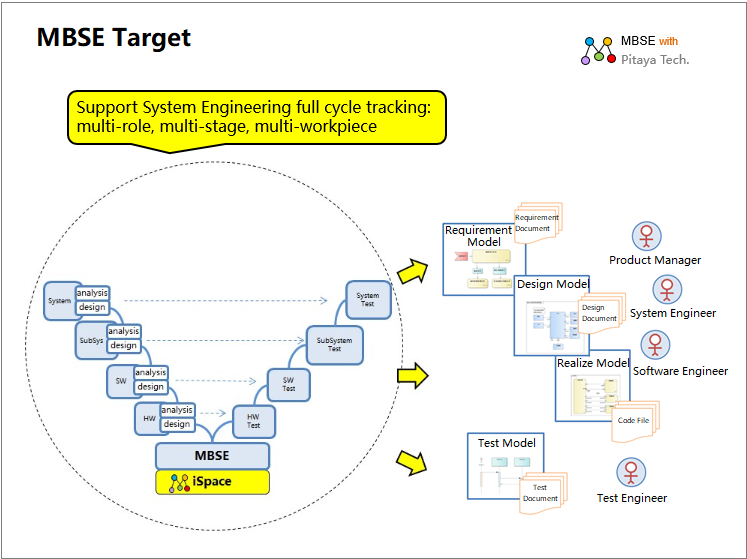
Because the goal of MBSE is to drive
and manage the whole life cycle of Systems engineering,
involving so many stages, roles, Models, and documents,
a clear grasp of the MBSE project itself is the basis
for the effective implementation of MBSE. Moreover,
it is also a more challenging thing.
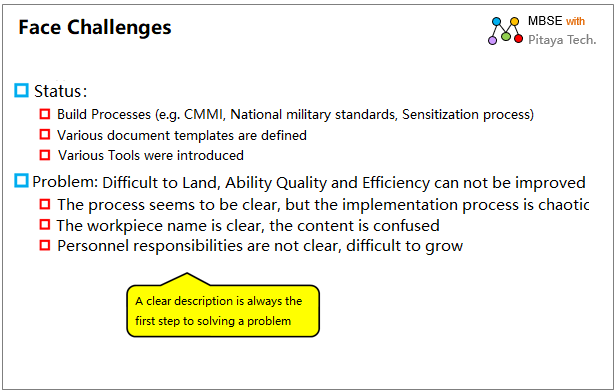
Therefore,
the MBSE project itself also needs to be Modeled,
so that the engineers involved in the MBSE can know
what to do, how to do it, and what the quality Requirements
are.
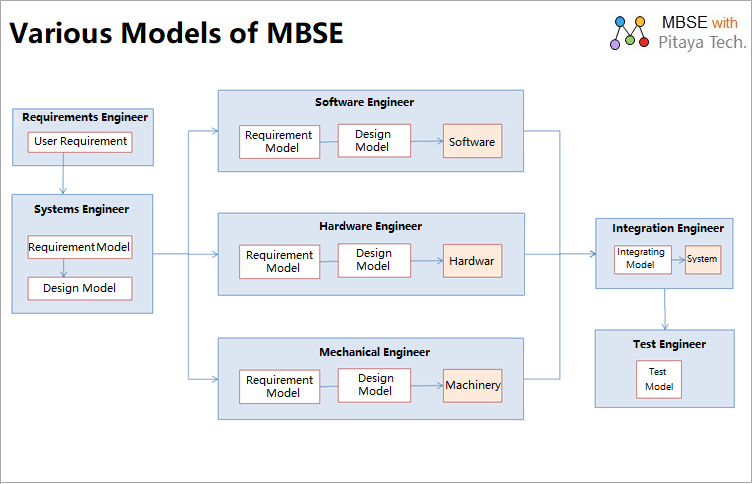
What is MBSE Engineering Modeling
So let's see, what is the engineering
Modeling of MBSE itself?
To describe an engineering process,
there are generally three views of the core content:
Workflow: Describe what phases the work is divided
into, who, what is done, and what is delivered;
Role view: what roles these people are divided
into and what responsibilities they have;
Artifact view: What artifacts the deliverable
is divided into, what the content template is, and
how they relate to each other.
This can undoubtedly be described
clearly through Modeling.
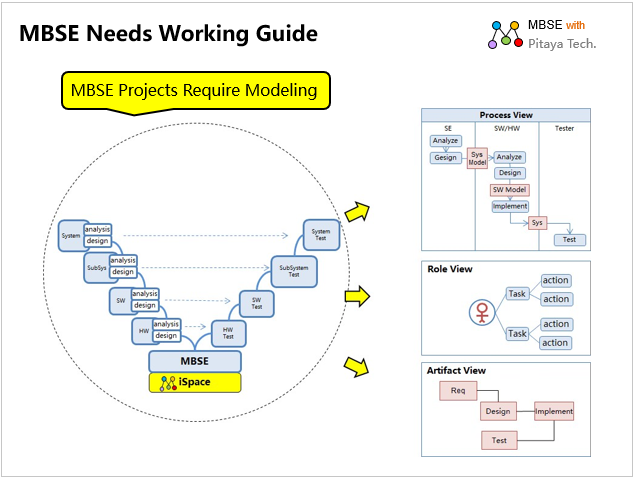
In particular, because the workpiece
is Model-driven, it is necessary to understand the
relationship between various Models: user Requirements
Model, System Requirements Model, System Design Model,
software Requirements Model, software Design Model,
and test Model. It is also important to understand
the relationship between the Model and the corresponding
documents and items.
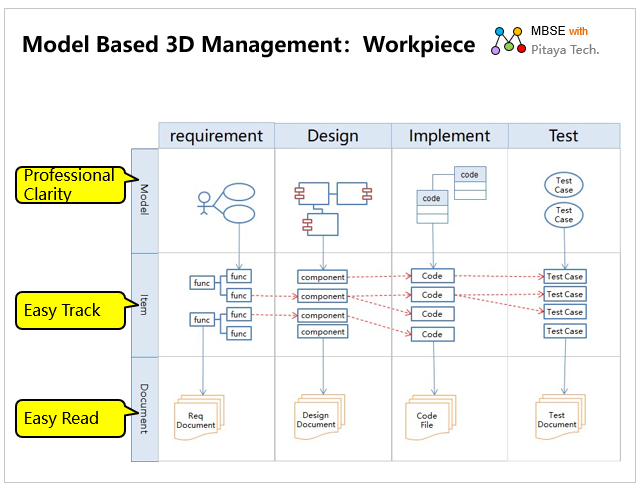
How to build an MBSE engineering
Model
Having said all this, MBSE is difficult,
and one of the solutions is to carry out engineering
Modeling of the MBSE project itself.
So, how do you build it?
Modeling the MBSE workflow view with
an activity diagram:
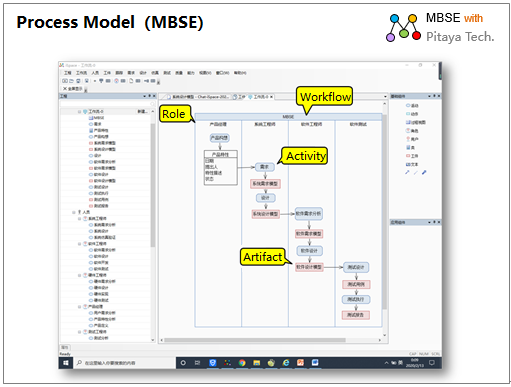
Describe clearly: who is responsible
for the process - use the tunnel description, what
is done - use the activity description, what is delivered
- use the artifact description.
The MBSE
role Model is Modeled using a role diagram:
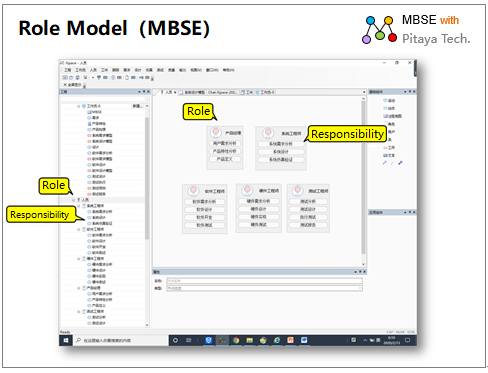
Describe clearly: what are the people-people
elements, which roles are abstracted into the role-role
elements, what responsibilities do they undertake°™the
activities for which the role is responsible.
Artifact diagram to describe the
workpiece Model of MBSE:
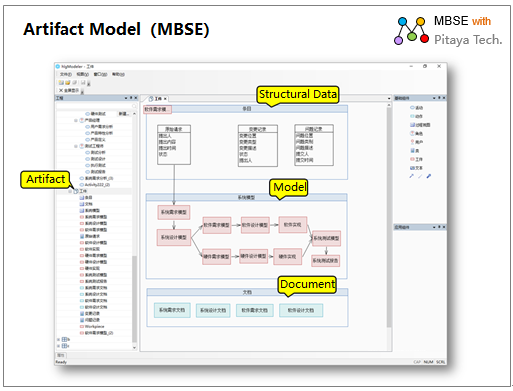
The description is clear: Items -
Structured Classes, Models - Sys ML or UML Models,
Documents - Word Documents/Excel Documents, Pictures
- Graphs and Images.
So, how do you Model the process of
MBSE? Dragon Fruit Software provides the MBSE platform
iSpace to support the engineering Modeling of MBSE:
You can start by creating an MBSE workflow
Then assign roles to the work in it
Assign artifacts to deliverables in it.
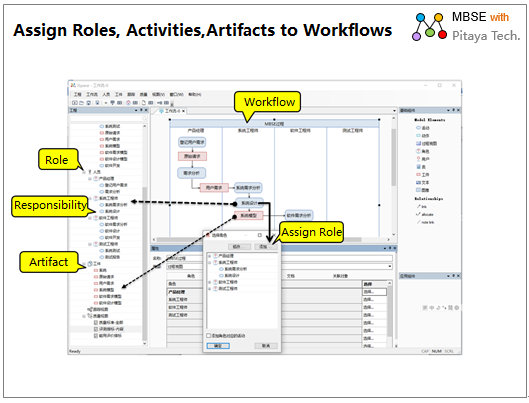
ISpace supports the assignment
process, and the roles and artifacts assigned in the
workflow are automatically organized The role directory
and the artifact directory, the three views (workflow,
role, artifact) can be managed independently or linked
to tracking.
On top of that, these MBSEs are interrelated
through Models, which can quickly switch between multiple
views, and locate elements from one view to another,
which is much easier to manage.
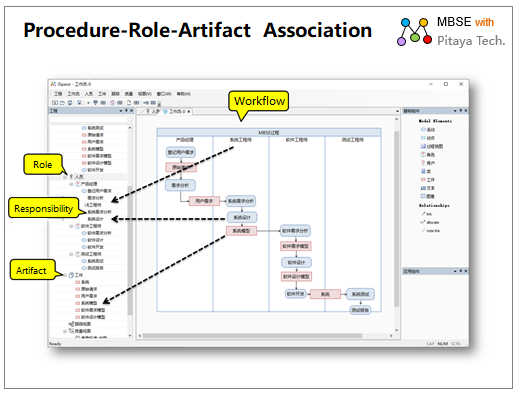
Well, with this engineering Model,
the clarity of MBSE is much better.
If you would like to know more about
the MBSE platform iSpace:
Welcome to the iSpace Tools Channel
Also welcome to contact us directly at umlooo@hotmail.com
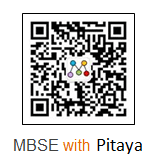
|
